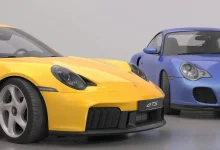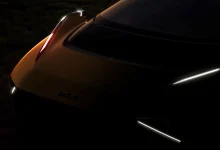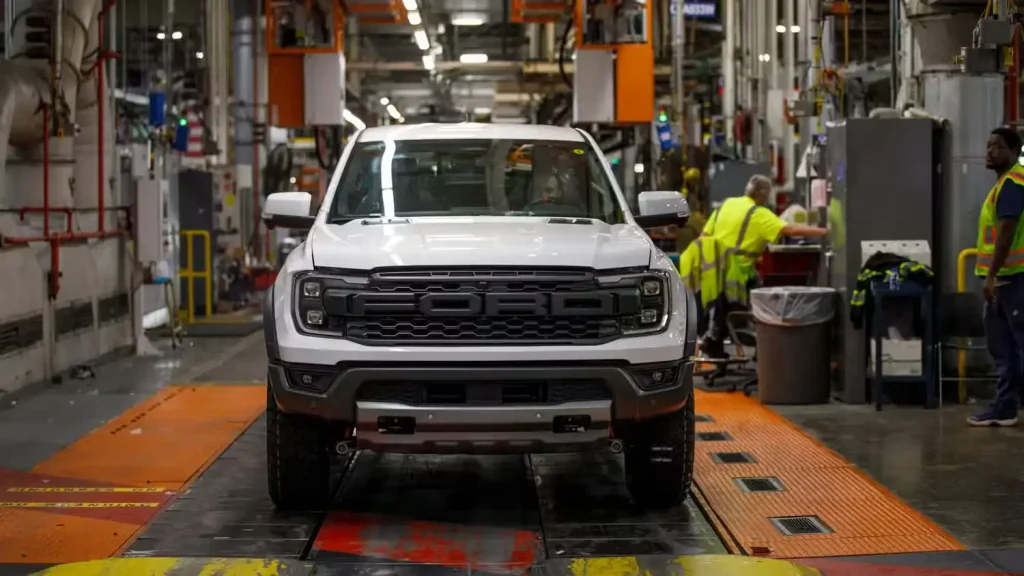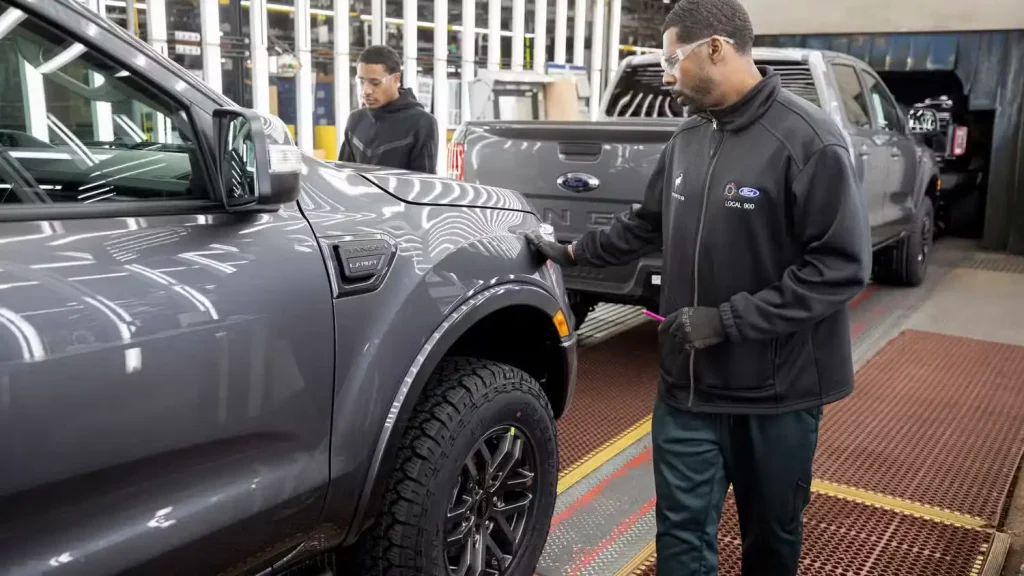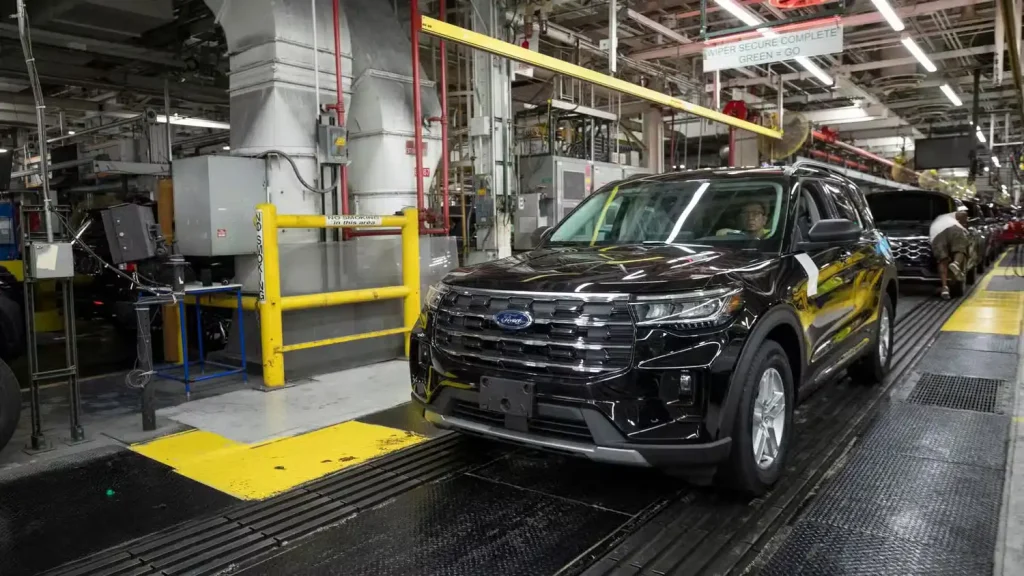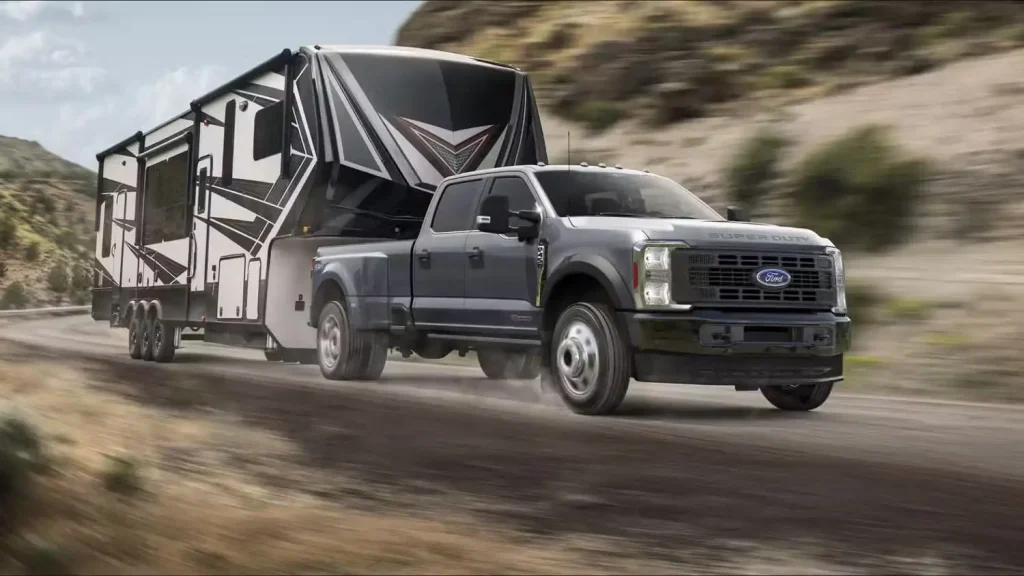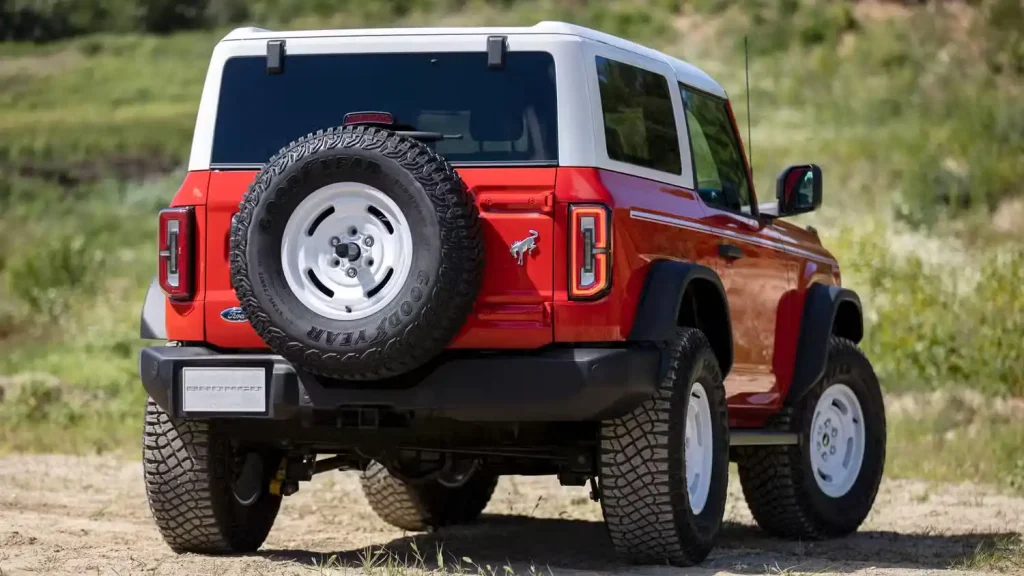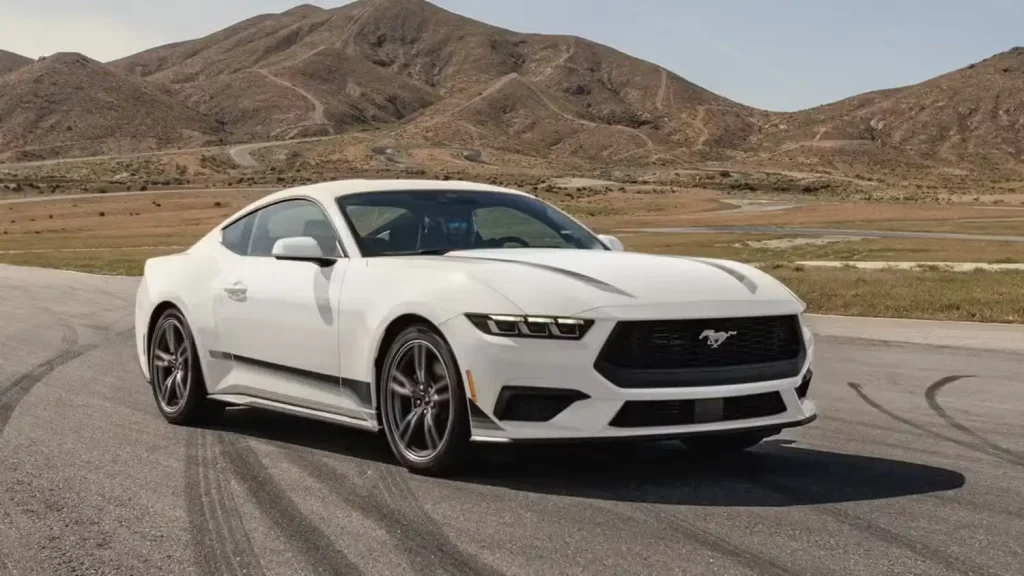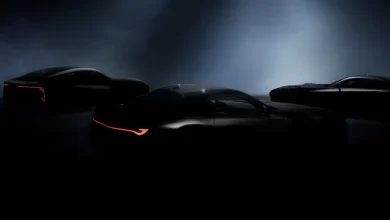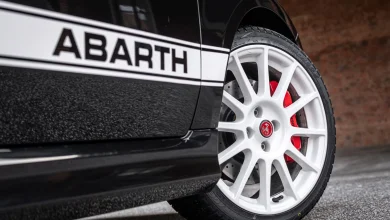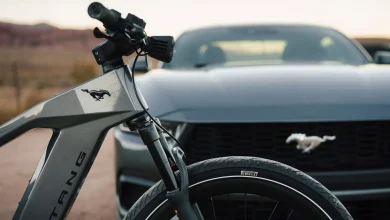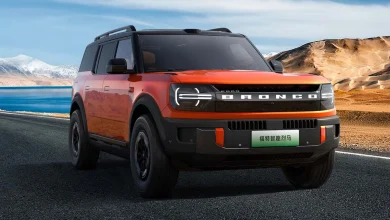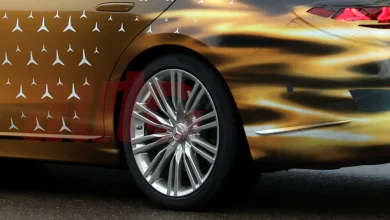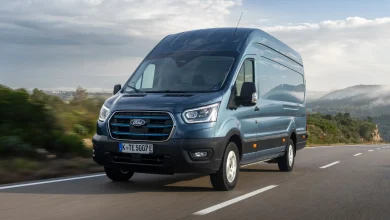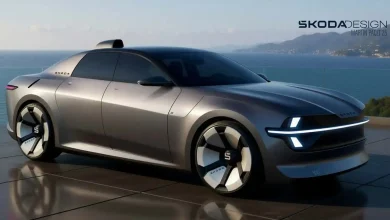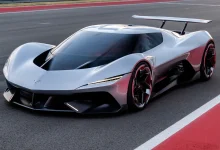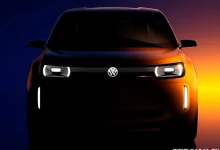Ford Fresh Patent Could Either Resolve Quality Issues or Deepen Them
Autonomous vehicles would perform self-diagnostics during their drive to the loading dock.
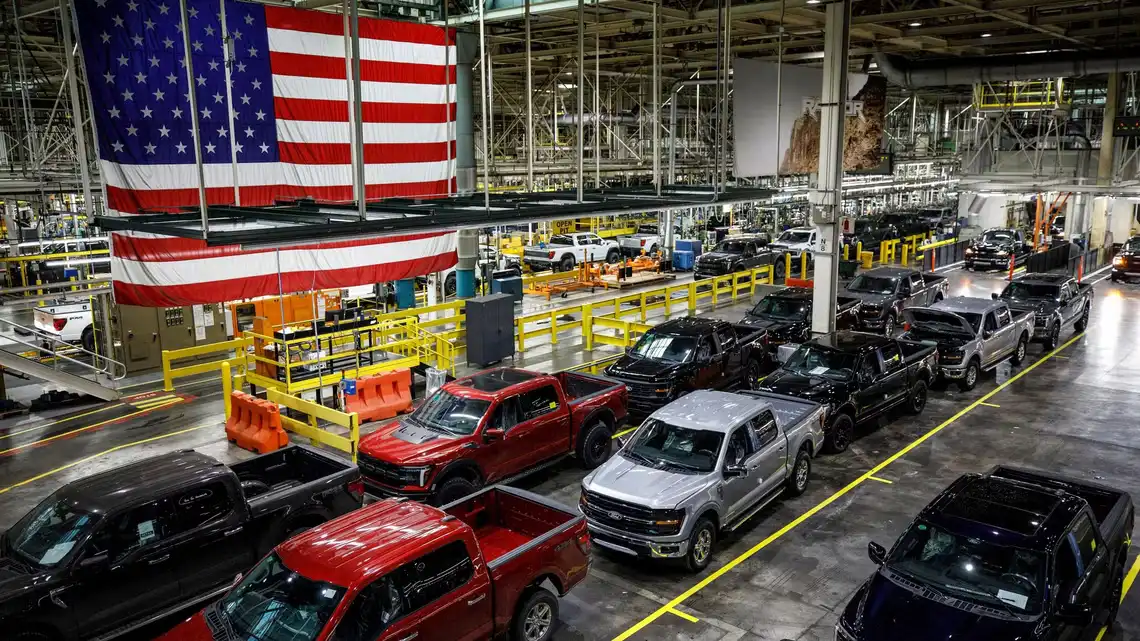
Ford has faced ongoing quality challenges for several years. Alongside leading recall numbers in multiple recent years, the automaker has consistently ranked below average in reliability reports such as JD Power’s Vehicle Dependability Study over the past decade.
Ford is fully aware of its quality issues and is actively addressing them. “Fixing quality is my number one priority,” CEO Jim Farley stated in 2022. “It is the most important initiative in the whole company.” To tackle the problem, Ford has brought in new leadership and invested in advanced AI technologies. A recently revealed patent suggests the company is doubling down on AI solutions to improve quality. At this stage, it’s difficult to envision quality declining any further.
AI Tests Vehicles by Driving Them to the Dock
Ford’s latest patent, officially titled “Automated Vehicle Control During Final Assembly and Dispatch,” may not win any awards for catchy names, but it reveals a clever idea. Essentially, this technology allows cars to drive themselves on test runs right at the factory to identify any issues before leaving the plant. Remember the old urban legend about empty bottles hidden inside vehicle body panels? This system could catch problems like that long before the car is loaded onto a truck or train.
The patent outlines a system in which the vehicle autonomously navigates a test track. Equipped with a variety of sensors, the vehicle continuously collects data, while an algorithm selects from multiple test routes for the vehicle to follow.
Ford’s computer systems would analyze the collected data—paying close attention to precise sound frequencies—and compare it against known benchmarks and results from other vehicles that have undergone the tests. This process would help identify squeaks, rattles, and any other issues producing noise or vibrations.
More Thorough Testing with Less Effort
This approach opens up a host of possibilities. By combining sound profiling with autonomous driving, the system could pinpoint rattles, squeaks, or detect shocks and bushings that are out of spec or improperly installed. It could even verify that the audio system performs flawlessly at volumes that would be unsafe for human testers. Additional sensors could assess the functionality of autonomous driving equipment and vehicle lighting. Leveraging extensive data and machine learning, Ford’s system could also adjust for variables like changing road surfaces, temperature fluctuations, and weather conditions such as rain or snow.
Acceleration, braking, and other driveline problems could be detected before the vehicle leaves the factory, reducing warranty claims and costly repairs down the line. If a vehicle doesn’t pass a test, it can autonomously return to a designated repair area for further inspection.
The best part is that Ford could conduct these tests without increasing assembly time. Vehicles would run through diagnostics as they autonomously drive themselves to the marshaling yard. Currently, people drive the cars from the assembly line to shipping—a repetitive task that can lead to accidental damage and doesn’t really include testing time. Having a human perform all these checks during the drive would slow the process and risk driver distraction, trading quality for cost and potentially compromising safety. This new system could solve those issues, making it a major quality win for Ford.
Patent filings don’t guarantee that the technology will be implemented in future vehicles. Often, patents serve primarily to protect intellectual property and should not be taken as confirmation that the technology will reach production.

